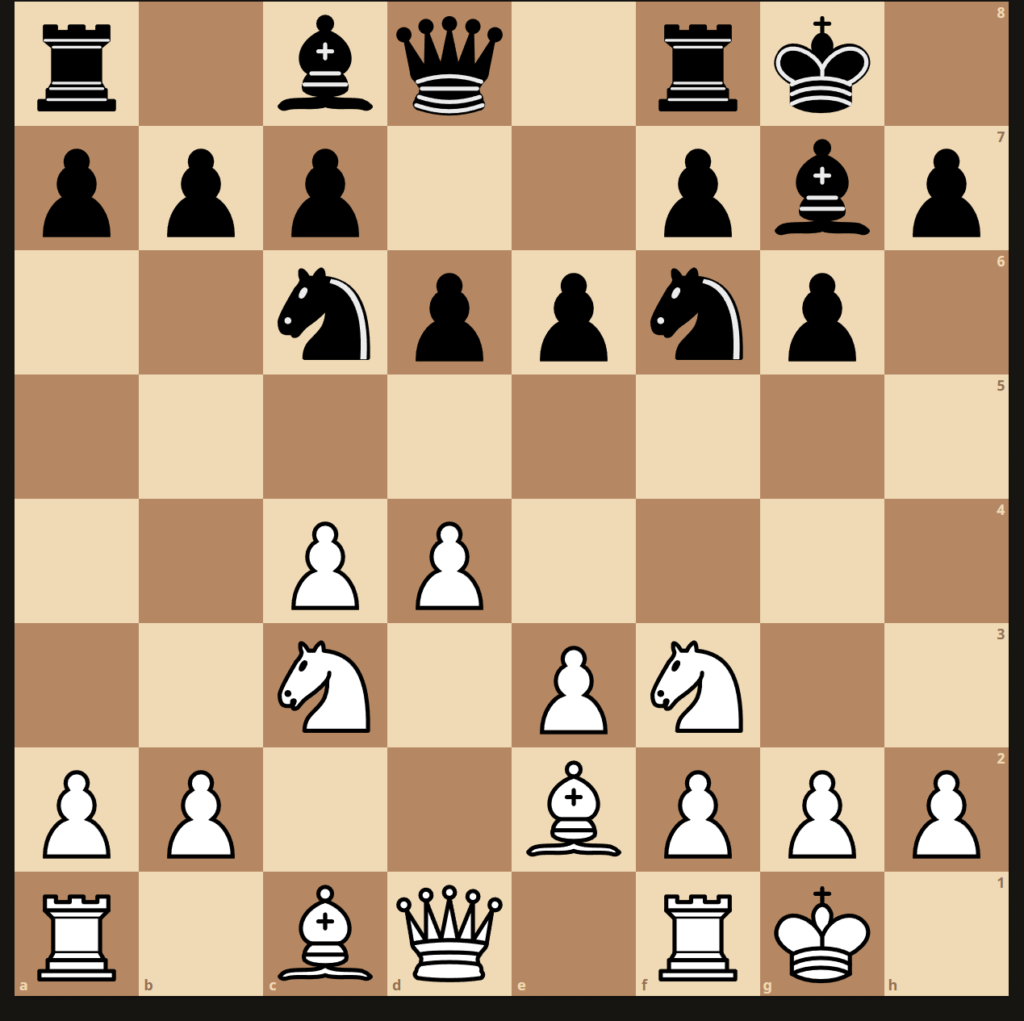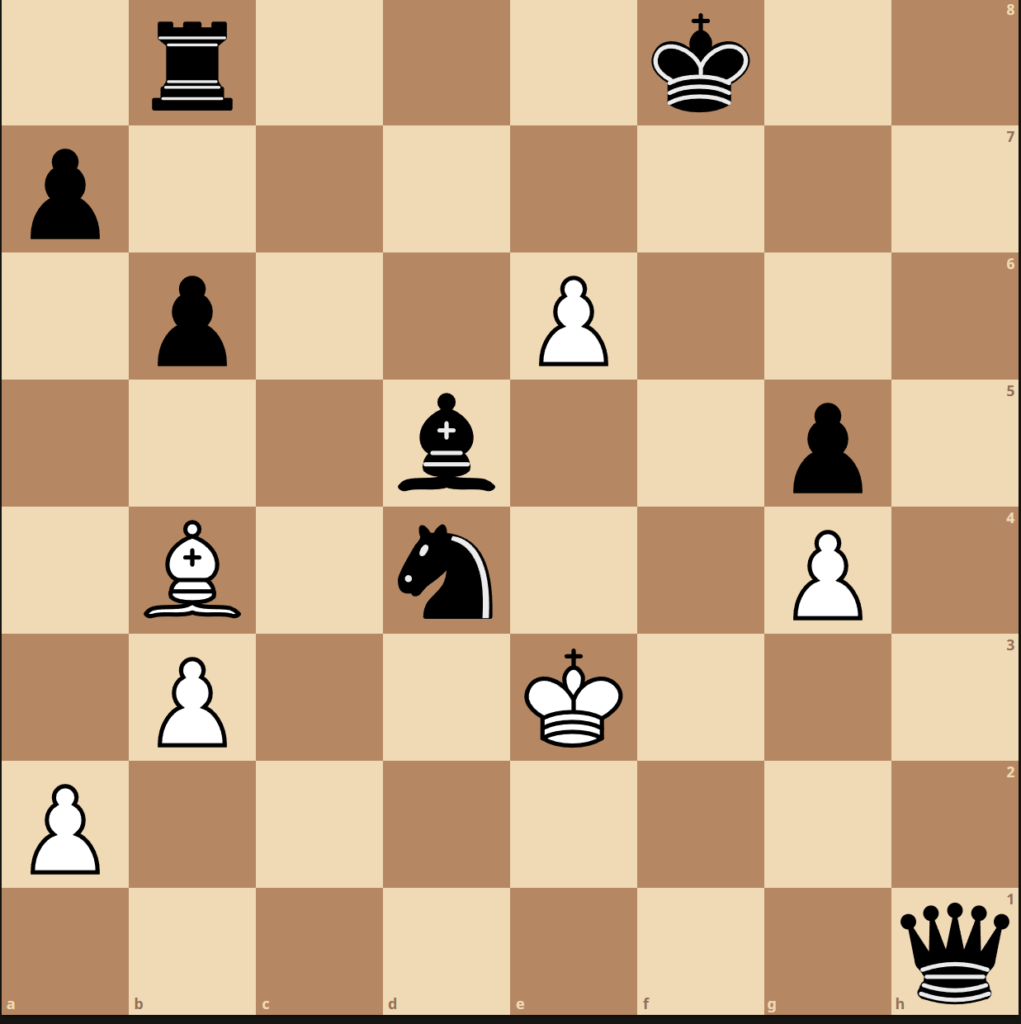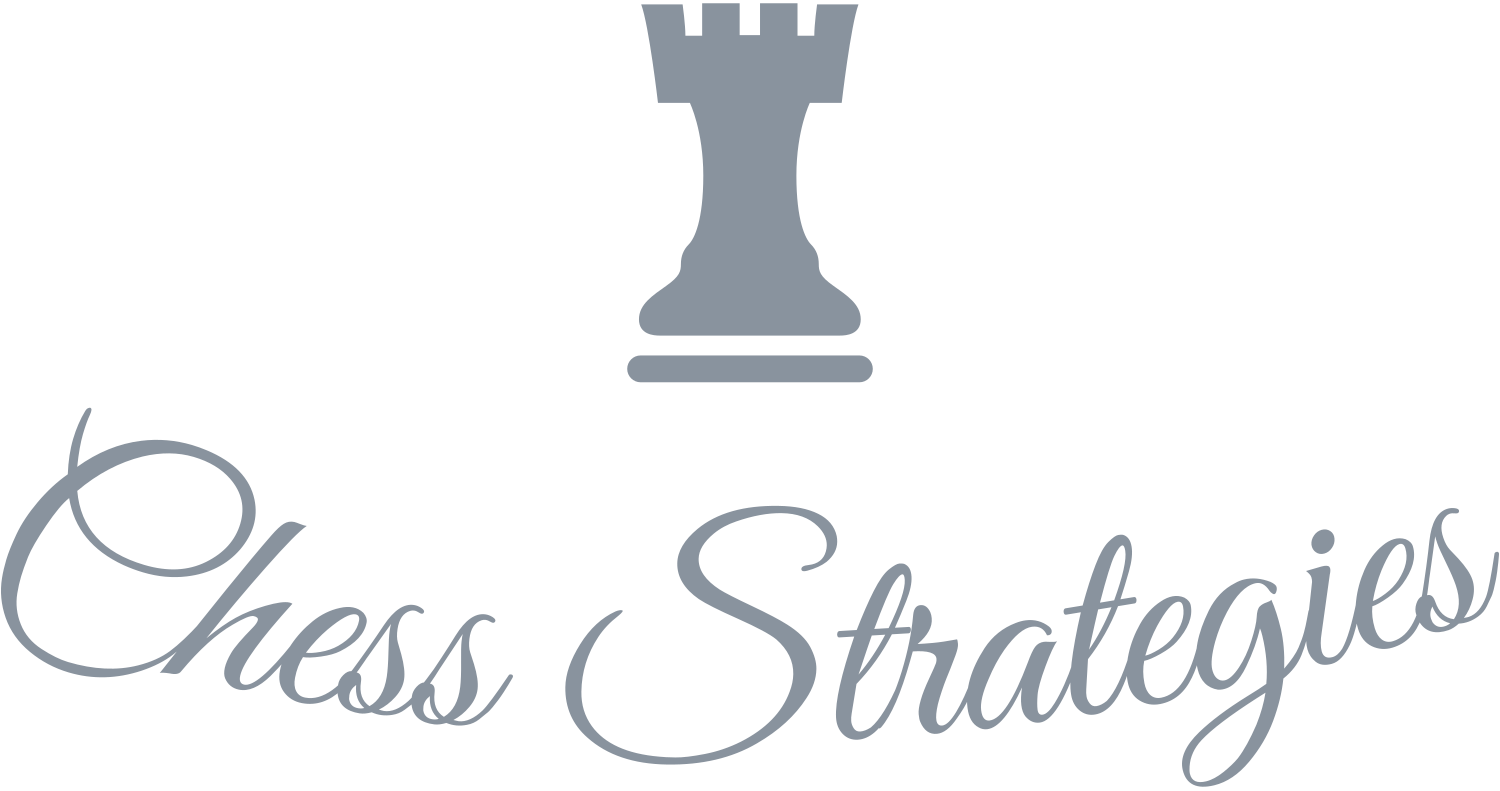What is the best strategy for chess?
Chess is a game of strategy, skill, and foresight. The beauty of chess lies in its complexity, where every move has the potential to either strengthen or weaken your position on the board. As a chess player, you aim to checkmate your opponent’s king by putting it in a position where it cannot escape capture. To do so, you need a well-thought-out strategy for chess that considers the strengths and weaknesses of your pieces and your opponent’s.
The best chess strategy is a mix of a strong opening, good tactics in the middle game, and a strong ending. In this article, I will go through each of these phases and provide examples of how to apply them in practice.
Best strategy for chess?
Strong Opening
The opening is the game phase, where the players make their initial moves and try to control the center of the board. A good start can give you a big edge by putting you in a good position and setting the tone for the rest of the game. The most common opening moves are 1.e4 (which opens up the way for the king’s bishop and queen’s bishop) and 1.d4 (which opens up the way for the queen’s bishop and king’s bishop).
One popular opening strategy is the Sicilian Defense, which involves playing 1.e4 c5.

The idea behind this move is to control the center of the board and prepare for an aggressive counterattack against white’s pieces.
Here is an example of how this opening might play out:
1.e4 c5 2.Nf3 d6 3.d4 cxd4 4.Nxd4 Nf6 5.Nc3 a6 6.Be2 e5 7.Nb3 Be7 8.O-O O-O
In this example, black has made a strong position in the middle of the board and is getting ready to castle on the kingside. White, on the other hand, has not yet developed his pieces and is playing defensively.
Effective Middle-Game Tactics
The middle game is where the real action takes place. This is where you need to be creative and make tactical moves that will give you an advantage over your opponent. One effective tactic is to create a fork where you threaten two pieces simultaneously. You can capture the other if your opponent is forced to move one of the threatened pieces.
Here is an example of how this tactic might play out:
1.e4 e5 2.Nf3 Nc6 3.Bc4 Bc5 4.d3 d6 5.Nc3 Bg4 6.h3 Bh5 7.g4 Bg6 8.h4 h5 9.Ng5 Qd7 10.gxh5 Bxh5 11.f3 Nd4 12.Rf1 f6 13.Ne6 Nxe6 14.Bxe6 Qxe6 15.Nd5 O-O-O
In this example, white has created a fork by threatening both black’s bishop and knight. If black moves the bishop, white can capture the knight, and if black moves the knight, white can capture the bishop. This move gives White a significant advantage.
Solid Endgame
The endgame is the final phase of the game, where there are fewer pieces on the board, and the focus is on promoting pawns and creating checkmate positions. In the endgame, it is important to have a solid understanding of pawn structures and to create passed pawns that can be promoted to queens.
Here is an example of how this might play out:
1.e4 c5 2.Nf3 d6 3.d4 cxd4 4.Nxd4 Nf6 5.Nc3 a6 6.Be3 e5 7.Nb3 Be6 8.f3 Nbd7 9.Qd2 b5 10.O-O-O Be7 11.g4 Nb6 12.g5 Nfd7 13.f4 exf4 14.Bxf4 Ne5 15.Nd4 Rc8 16.Nxe6 fxe6 17.Kb1 O-O 18.Bxe5 dxe5 19.Qxd8 Rfxd8 20.Rxd8+ Rxd8 21.h4 b4 22.Ne2 Nc4 23.Bh3 Nd2+ 24.Kc1 Nxe4 25.Bxe6+ Kh8 26.Rf1 Bc5 27.Rf3 Nd2 28.Rd3 Rxd3 29.cxd3 Nf3 30.Ng3 Nxh4 31.Ne4 Be3+ 32.Kc2 Nf3 33.Kb3 Nxg5 34.Nxg5 Bxg5 35.Kxb4 Bd8 36.Kc5 g5 37.Kd5 h5 38.Kxe5 Kg7 39.Kf5 g4 40.Kf4 Kf6 41.Bc8 a5 42.a3 Bc7+ 43.Ke3 Kg5 44.d4 h4 45.Kf2 h3 46.Kg1 Kh4 47.d5 g3 48.d6 Bb6+ 49.Kh1 g2+ 50.Kh2 g1=Q#
In this example, the black sacrifices a pawn to gain control of the center and pressure the white’s position. Then, Black makes a strong knight outpost on d2 and uses it to gain material advantage. In the endgame, black makes a passed pawn on the g-file and uses it to force a promotion, which leads to a checkmate.
This example shows how important it is to give up material to gain a strategic advantage and to take advantage of your opponent’s weaknesses.
Conclusion
In the end, the best chess strategy is a mix of a strong opening, good tactics in the middle game, and a solid endgame. The opening sets the tone for the game and establishes a solid position, while in the middle game, you need to be creative and make tactical moves that give you an advantage. In the endgame, it is important to have a solid understanding of pawn structures and to create passed pawns that can be promoted to queens. If you use these tips and keep practicing, you can improve at chess and become a tough opponent on the board.
Other strategies you might consider:



